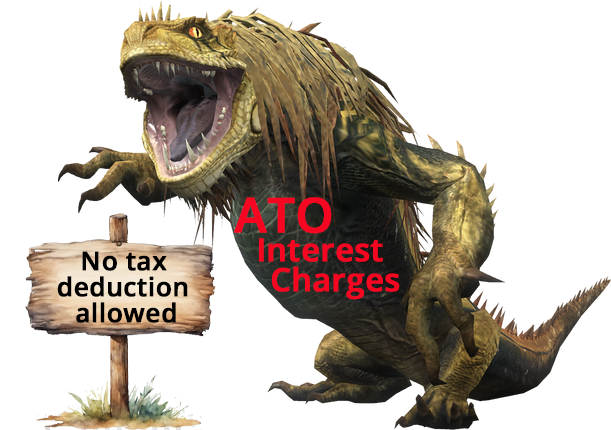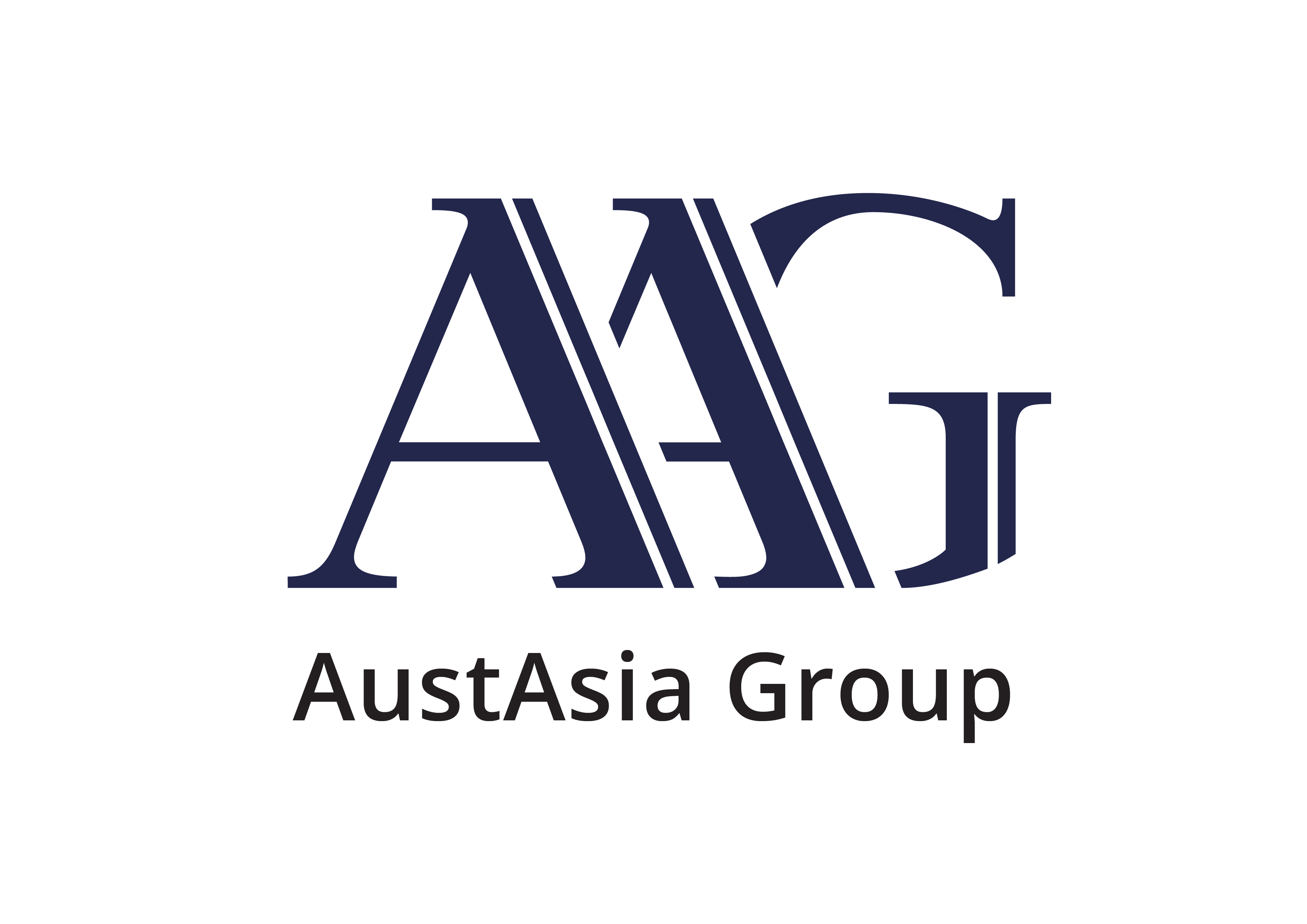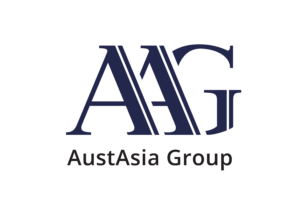If you’re carrying an Australian Taxation Office (ATO) debt, there is a good chance that it will cost you even more from 1 July 2025 onwards. This is because from 1 July 2025, two types of interest charges imposed by the ATO are no longer deductible.
What are the interest charges?
There are two main types of interest that the ATO charges. These are:
- General Interest Charge (GIC): This applies when you pay your tax liability late. The ATO applies GIC to encourage tax liabilities to be paid on time and ensure taxpayers who pay late don’t have an unfair advantage over taxpayers who pay on time. GIC is calculated on a daily compounding basis on the overdue amount. The GIC annual rate for the July–September 2025 quarter is 10.78%.
- Shortfall Interest Charge (SIC): This is applied when there is a shortfall in tax paid because of an amendment or correction to your tax assessment. SIC is also calculated on a daily compounding basis. The SIC annual rate for the July–September 2025 quarter is 6.78%. The ATO applies SIC to the tax shortfall amount for the period between when it would have been due and when the assessment is corrected.

What’s changing?
Historically, both GIC and SIC amounts could be claimed as a deduction. This has meant that the net after-tax cost of the interest charges has been reduced for taxpayers who have a positive income tax liability for the relevant income year.
However, the Government has passed legislation to ensure that GIC and SIC amounts incurred on or after 1 July 2025 are no longer deductible, even if the interest relates to a tax debt that arose before this date.
As these interest charges are no longer deductible, the after-tax impact of the charges is higher for many taxpayers. The effect becomes greater as your tax rate increases.
For example, let’s take a look at two individuals who have the same level of tax debt owed to the ATO and the same GIC liability of $1,000 for a particular income year:
- Sally is a high-income earner and subject to a 45% marginal tax rate (ignoring the Medicare levy). Under the old rules, the net cost of the interest charge was only $550 because she could claim a deduction for the GIC amount, and this reduced her income tax liability by $450. Under the new rules, no deduction is available, and Sally will incur the full cost of $1,000.
- Adam is subject to a 30% marginal tax rate (again, ignoring the Medicare levy). Under the old rules, the net cost of the interest charge was $700 because he could reduce his income tax liability by $300 by claiming a deduction for the GIC amount. As with Sally, under the new rules, no deduction is available for the GIC, and Adam’s full cost is $1,000.
What can I do to minimise the impact of this change?
The simple answer is to pay down ATO debt as quickly as possible. As you can see, the GIC rate is relatively high and continues to accrue daily until the debt is paid off. The faster you can pay off that debt, the lower the interest charges that will accrue.
If you can’t afford to pay off your ATO debt in the short term, then you might want to explore other options, including whether you would be better off borrowing money from another source at a lower interest rate to pay off the ATO debt. In some cases, it is possible to claim a deduction for interest accrued on a loan used to pay tax debts, provided that the debt arose from business activities. It isn’t normally possible to claim a deduction for interest accruing on a loan that is used to pay a tax debt that arose from investment or employment activities.
While the ATO may sometimes allow taxpayers to enter into a payment plan, allowing tax debts to be paid through instalments, tax debts subject to a payment plan still accrue interest.
On a more proactive basis, it is better to plan ahead to ensure that upcoming tax payments can be made on time. This may sometimes require setting aside funds regularly for tax instalments, GST, PAYG withholding, and other amounts that need to be paid to the ATO. Keeping these amounts separate will help to ensure you’re ready when the ATO bill arrives.
If you’re currently carrying tax debt or need help staying ahead of your obligations, we’re here to help. Contact us, and we will work together on a strategy that keeps you compliant and protects your bottom line.



